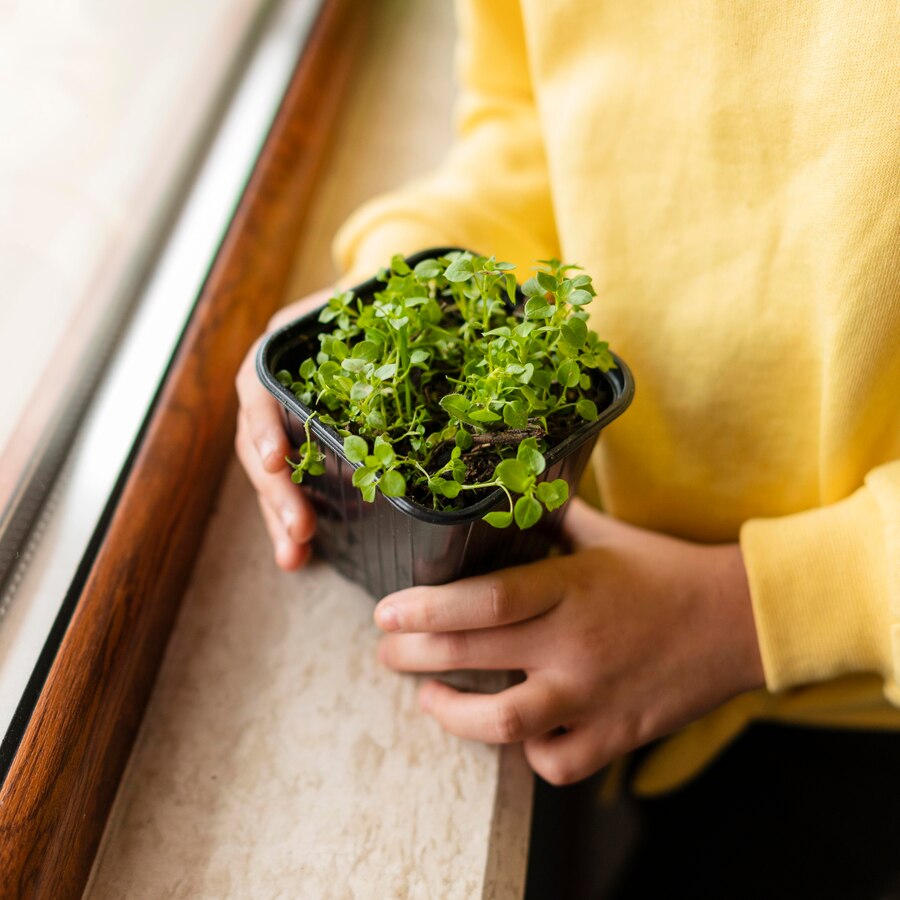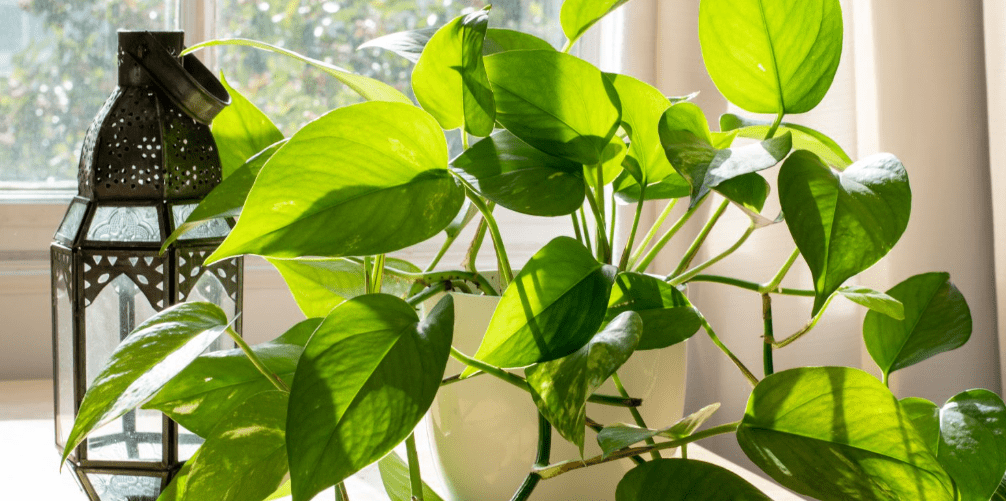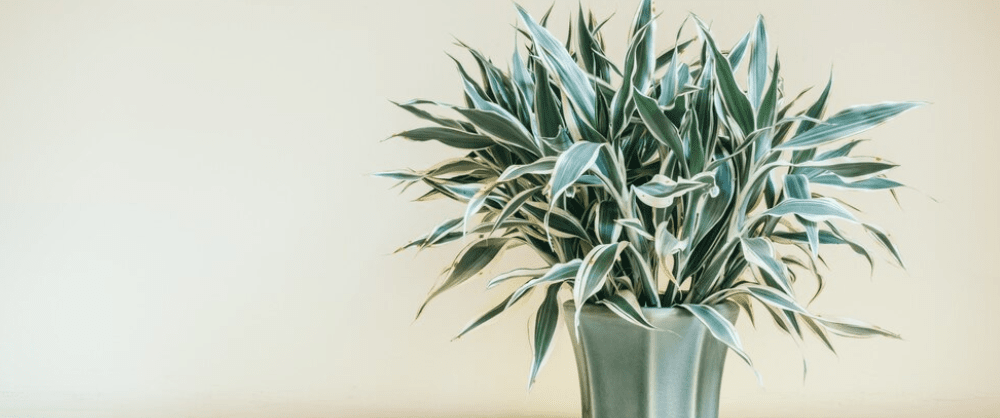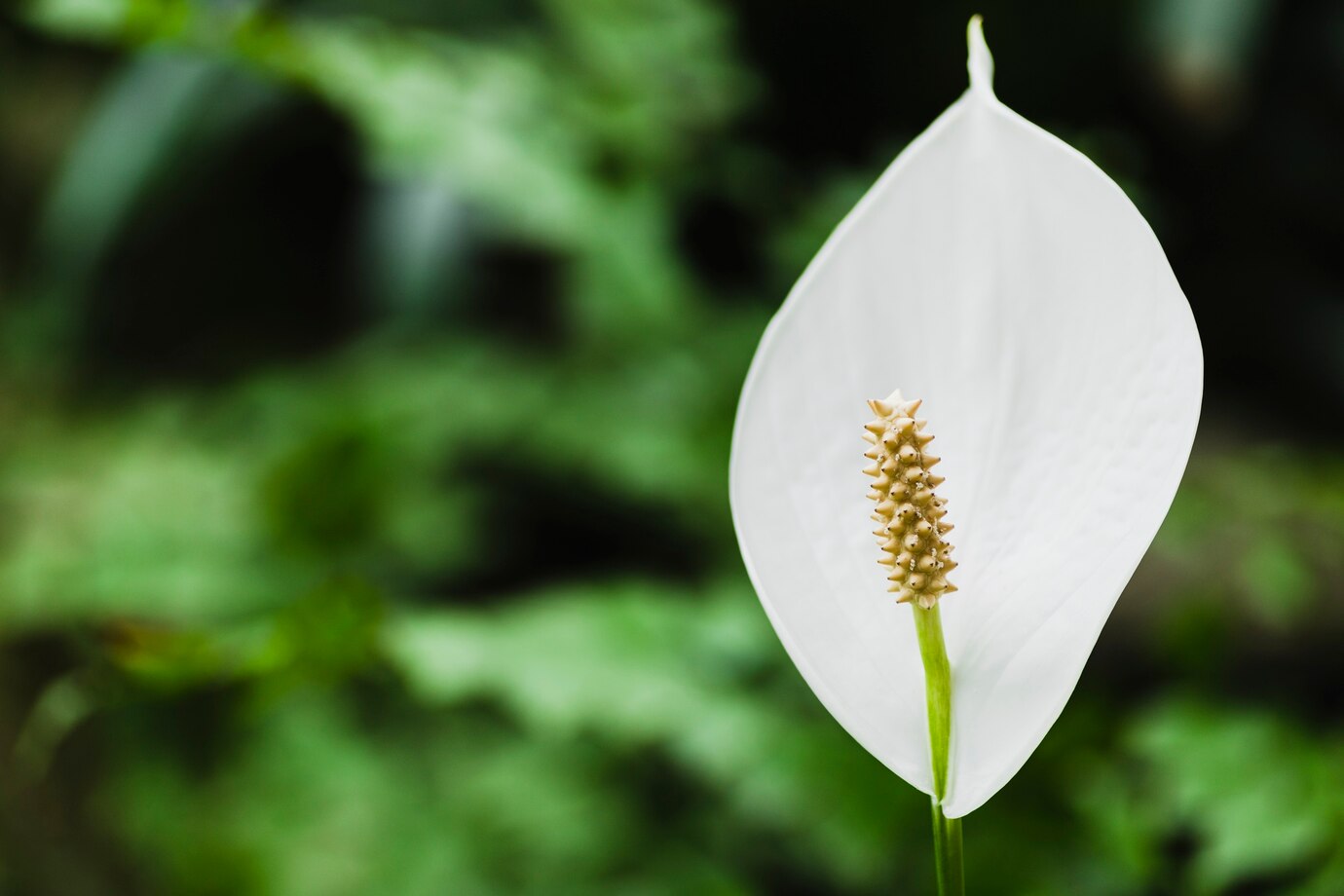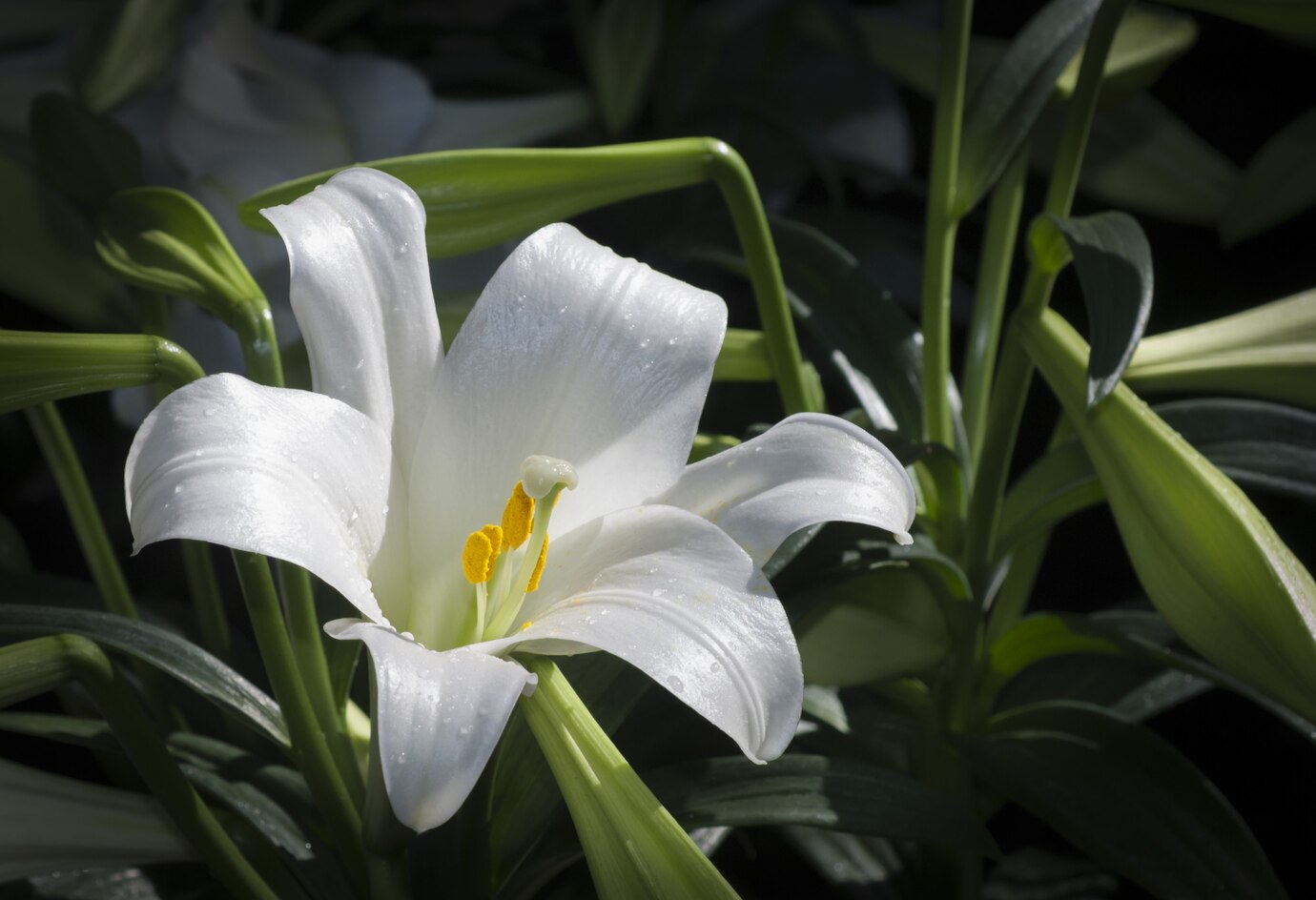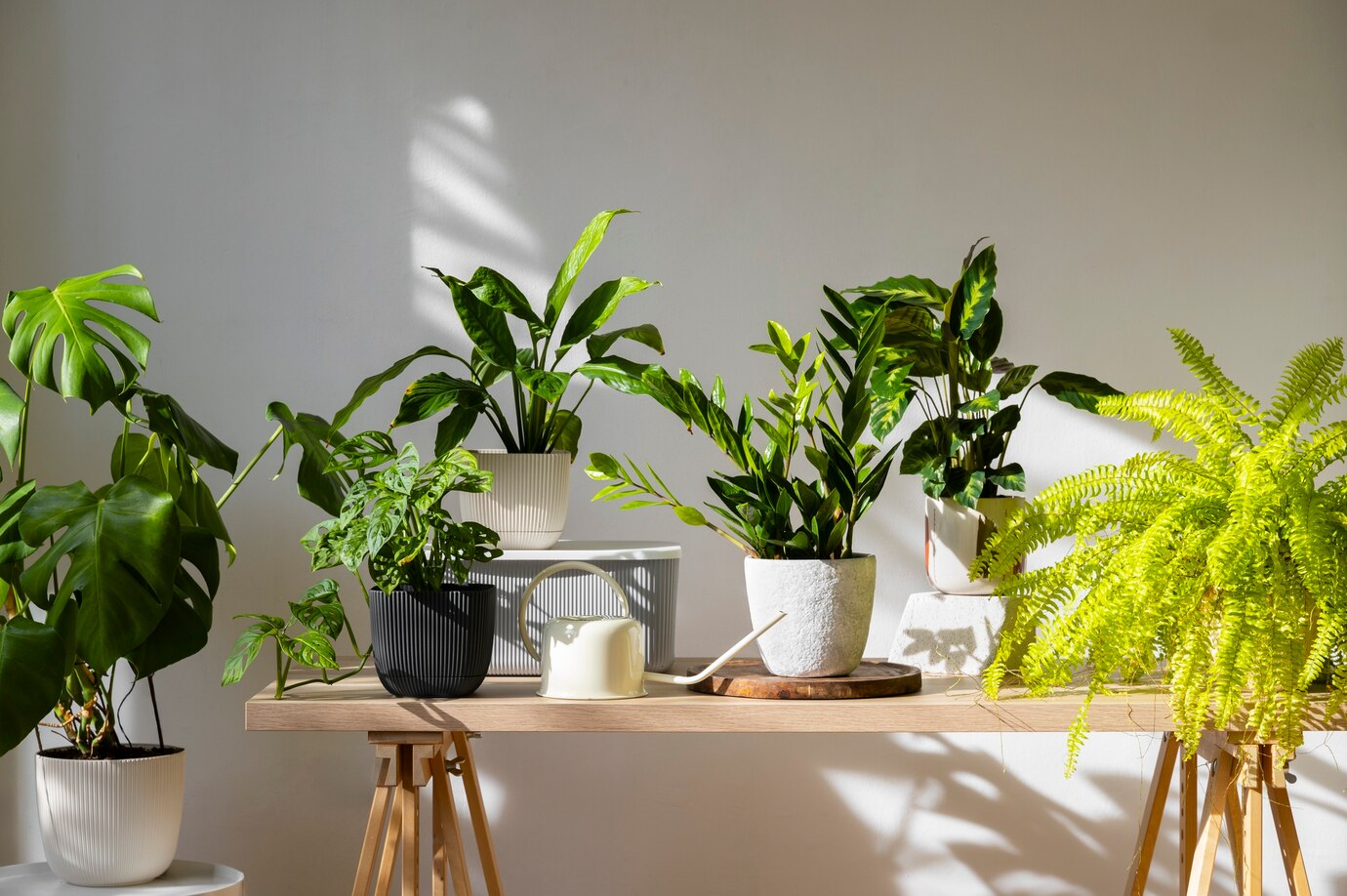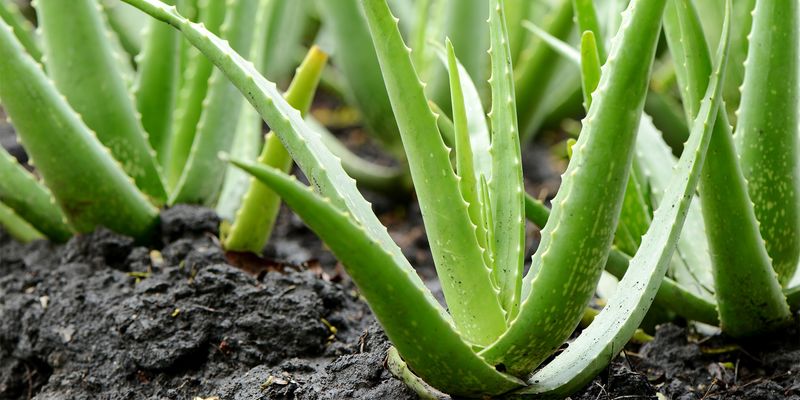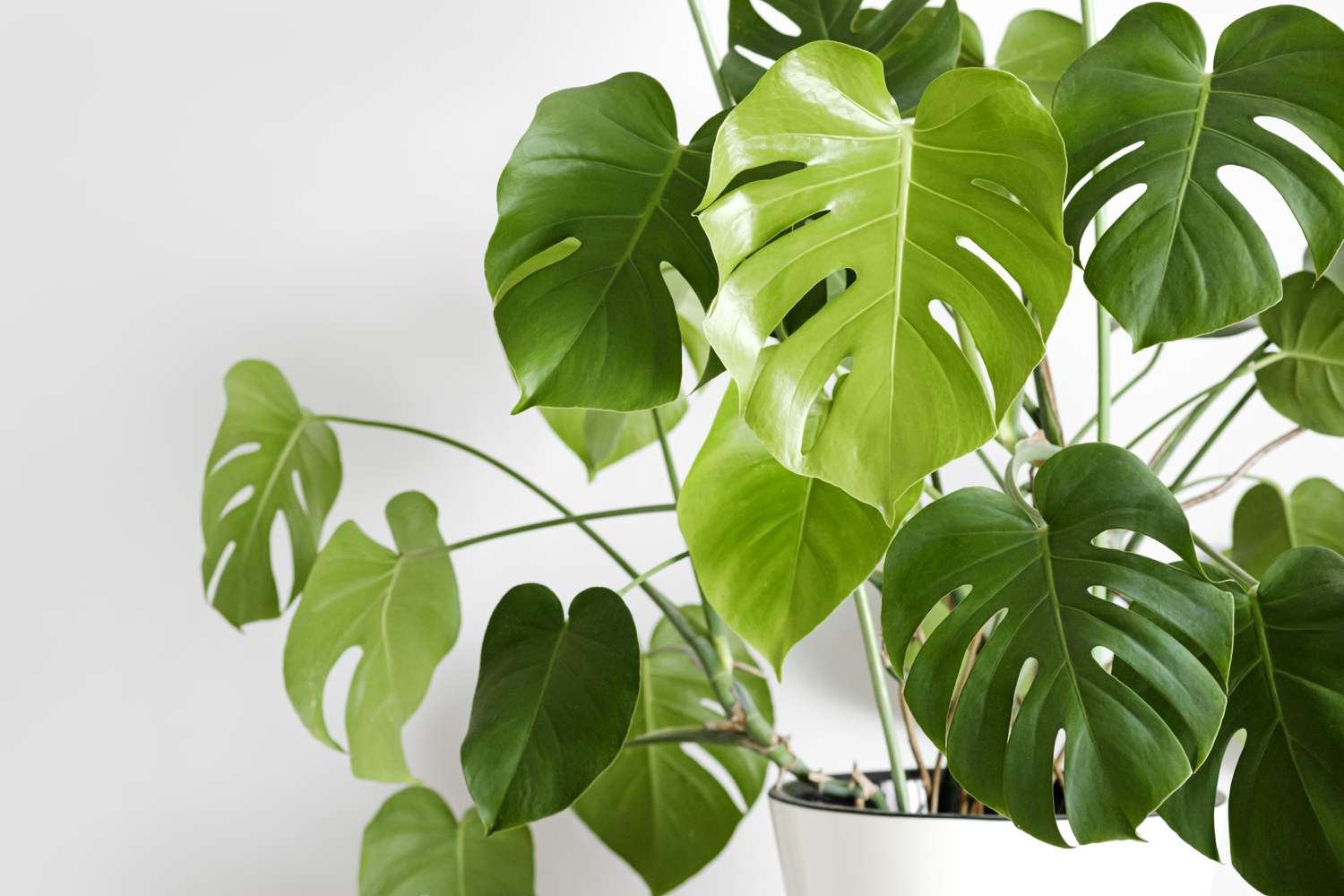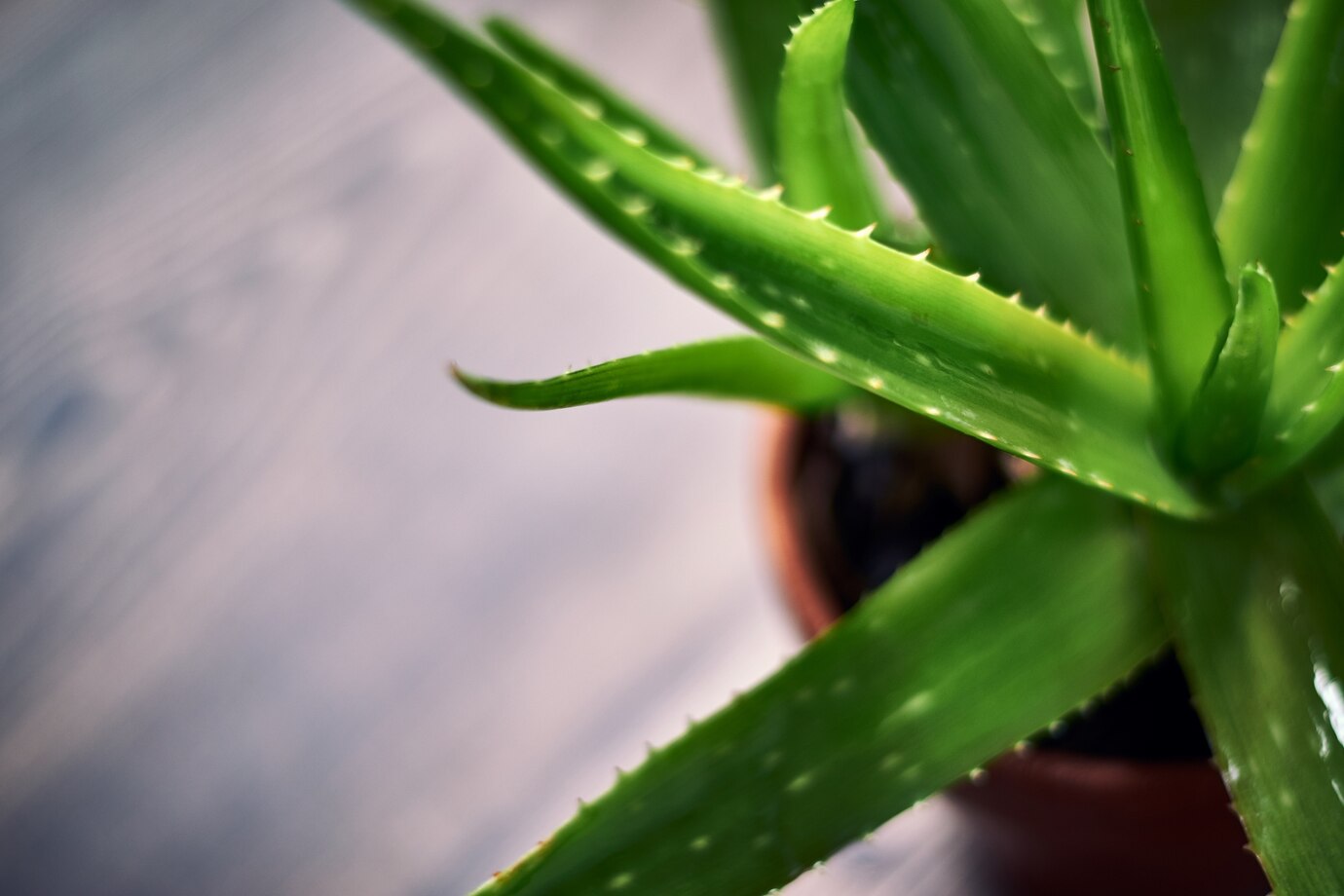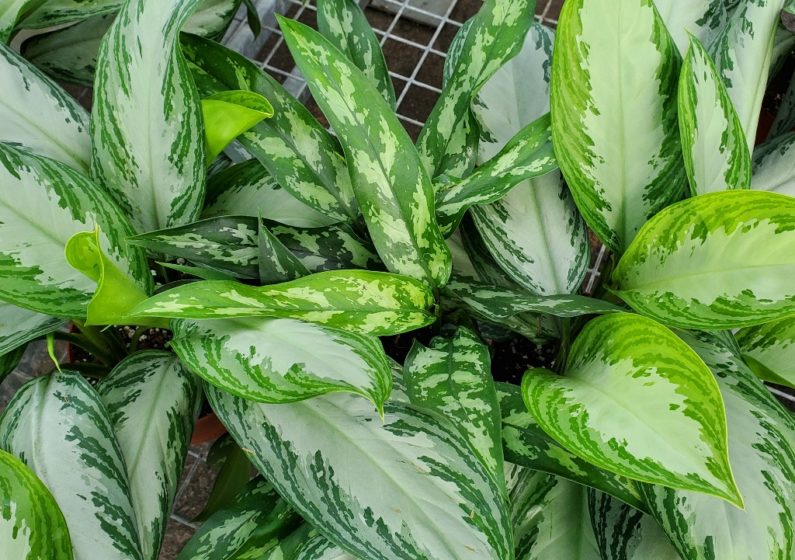The Shamrock plant is also known as Oxalis triangularis. It is a captivating bulbous perennial that’s an attractive, long-lived houseplant. The plant has dramatic foliage ranging from green to dark purple to burgundy red, creating a stunning contrast against its blush-white flowers that bloom in the summer. The leaves are three-lobed, resembling a shamrock, although they’re unrelated.
It is native to Brazil and is extra fascinating because its leaves open during the day and close at night.
This plant is borderline hardy and tolerates temperatures as low as -3°C. However, it can only be grown outdoors in the mildest areas of the UK during the winter. It goes dormant and regrows in the spring.
How to Grow Shamrock
Where to plant
Shamrock thrives in full sun or light shade with well-drained, fertile soil. If you’re in a hot climate, it’s best to plant it in a spot that provides afternoon shade. If you’re wondering how to grow Shamrock successfully, ensure the right light conditions and soil quality.
When to plant
Plant Shamrock bulbs outdoors in late spring. The foliage will typically emerge 3 to 4 weeks after planting, followed by the flowers around 8 to 10 weeks later.
How to plant
Plant Shamrock bulbs about 2 inches deep and 4 to 5 inches apart in garden beds, then lightly cover them with soil. Add a little compost or organic matter to improve the soil quality before planting.
Plant bulbs about an inch deep in a well-draining potting mix for containers. To create a lush, full display, use 6 to 8 bulbs in a 6-inch pot.
Forcing Shamrock Bulbs
You can also force Shamrock bulbs indoors before transferring them to the garden. Place the pots in a bright location with cool temperatures (around 55° to 60°F). Keep the soil moist, but avoid overwatering. Once the blooms start appearing, they will often continue for several months. Unlike hardy bulbs, Shamrock doesn’t require a cooling period (vernalization) to grow.
Shamrock Plant Care
Watering
Shamrock plants will wilt if the soil dries out, so it’s essential to keep the soil consistently moist but not soggy. Ensure the soil is well-drained, as overly wet soil can cause the bulbs to rot.
Fertilizing
If grown in well-composted soil, Shamrock rarely requires additional fertilizing. However, container-grown plants will benefit from a slow-release fertilizer at planting time. If your plants enter a resting or dormancy period in midsummer, it’s best to withhold fertilization until they begin growing again.
Pruning and Deadheading
Shamrock plants are self-cleaning, so deadheading isn’t necessary. However, you can lightly prune the foliage to manage the shape and size. If your plants go dormant in the summer and leaves start turning brown, trim the dying foliage back to about an inch from the base of the plant.
Overwintering
In colder areas, it’s best to dig up Shamrock bulbs planted in garden beds before the first frost. Store them in a cool, dry place until you can replant them in the spring. For Shamrocks grown in pots, move them indoors and stop watering. Store them in a cool place to keep them dormant. At the start of the next growing season, you can repot the bulbs, resume watering, and start fertilizing to encourage new growth.
Pests and Diseases
Shamrock generally has few pests, but it’s essential to watch for aphids, whiteflies, and spider mites, which can occasionally cause issues. Other potential problems include fungal leaf spots, rust, and powdery mildew.
How to Grow Shamrock Indoors
Light requirements
Provide bright, indirect light from a south—or west-facing window. In low light, Shamrocks may become spindly and fail to bloom.
Ideal room temperature
The plant thrives with cool night temperatures of 50° to 65°F and warm day temperatures of 70° to 75°F.
Humidity
Average household humidity levels are sufficient, so you don’t need to worry about extra humidity.
Watering
Water the soil evenly when the surface feels dry. Ensure the pot has drainage holes.
Fertilizing
Feed your Shamrock with a balanced liquid houseplant fertilizer every 2 to 3 weeks while the plant is actively growing.
Dormancy
If your indoor Shamrock starts losing all its leaves, don’t worry—it’s simply entering a period of dormancy, which typically lasts for a month or two. During this time, move the plant to a dark place, stop fertilizing, and reduce watering until you see new growth. It is also an excellent opportunity to divide the plant by separating some bulbs and replanting them in new pots.

